
U.S. business activity improved in March, though increasing concerns about import tariffs and government spending reductions continued to negatively impact sentiment and outlook for the remainder of the year.
According to Monday’s S&P Global survey, a measure of input prices paid by businesses reached its highest level in nearly two years this month, with increases across both manufacturing and services sectors. The data also indicated companies were hesitant to expand their workforce.
The activity improvement likely won’t ease concerns that the economy faces a period of sluggish growth combined with high inflation. Consumer sentiment has also weakened as households worry about future conditions.
Since returning to office, President Donald Trump has implemented numerous tariffs on imported goods, with some duties postponed until next month. The administration has also launched an aggressive initiative to reduce government spending, terminating thousands of federal employees, though courts have ordered some reinstatements.
“Business confidence in the outlook has also darkened… largely caused by growing worries over negative impacts from recent policy initiatives from the new administration,” said Chris Williamson, chief business economist at S&P Global Market Intelligence. “Most widely cited were concerns about the impact of federal spending cuts and tariffs.”
S&P Global’s flash U.S. Composite PMI Output Index, which monitors manufacturing and services sectors, rose to 53.5 this month from February’s 51.6. Readings above 50 indicate private sector expansion.
The survey, conducted between March 12-21, showed services sector growth driving the PMI increase, partly due to warmer temperatures. Meanwhile, manufacturing returned to contraction after two consecutive months of growth.
While the PMI suggests economic acceleration after a mid-first quarter slowdown partially caused by winter weather conditions, other concrete data including retail sales and employment figures have indicated underlying economic weaknesses.
First quarter GDP estimates are generally below a 1.5% annualized rate, following the 2.3% growth in the October-December quarter.
The Federal Reserve last week reduced its economic growth forecast to 1.7% for this year, down from December’s 2.1% projection. It also raised its core Personal Consumption Expenditures price index estimate to 2.8%, up from the previous 2.5% forecast. This inflation measure is one the Fed uses for its 2% target.
The central bank maintained its benchmark overnight interest rate in the 4.25%-4.50% range, acknowledging economic uncertainties.
The S&P Global survey’s business confidence measure fell to the second-lowest reading since 2022.
Its measure of businesses’ input prices jumped to 60.9, the highest since April 2023, from February’s 58.4. The manufacturing gauge soared to levels not seen since August 2022, attributed to tariffs and higher staffing costs.
While manufacturers transferred these increased costs to consumers, services businesses faced limitations in raising their prices due to increased competition amid slowing demand.
The measure of prices charged by businesses rose to 53.6 from 52.3 last month.
“Thankfully, from the Fed’s perspective, services inflation remains relatively subdued, but this reflects the need to keep prices low amid weak demand, which will harm profits,” Williamson noted.
The survey’s new orders measure increased to 53.3 from February’s 51.9, while employment edged up to 50.6 from January’s 49.4.
The manufacturing PMI dropped to 49.8 from 52.7 in February, below economists’ Reuters poll forecast of 51.7.
The services PMI rose to 54.3 from last month’s 51.0, exceeding economists’ forecast of 50.8.




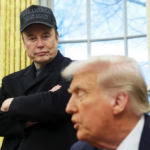


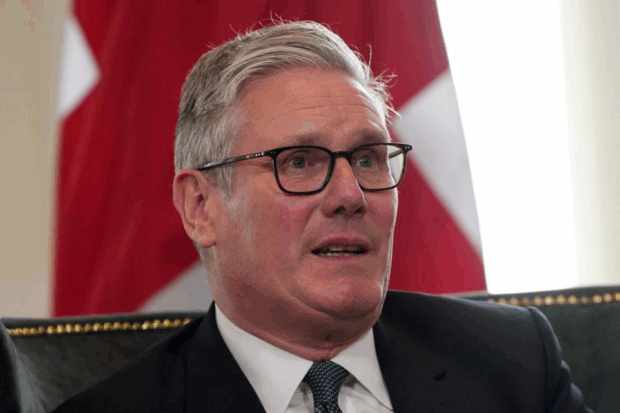
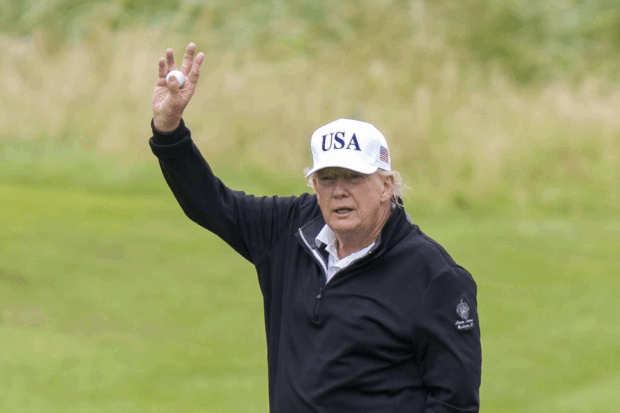
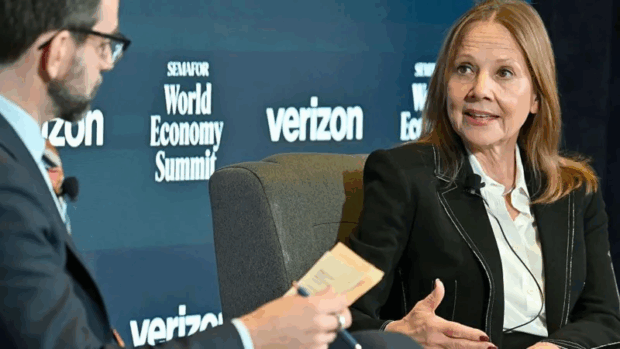
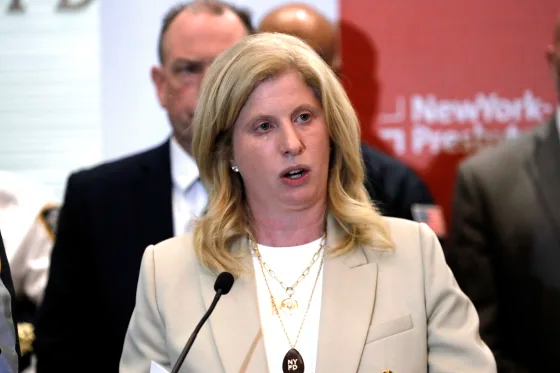

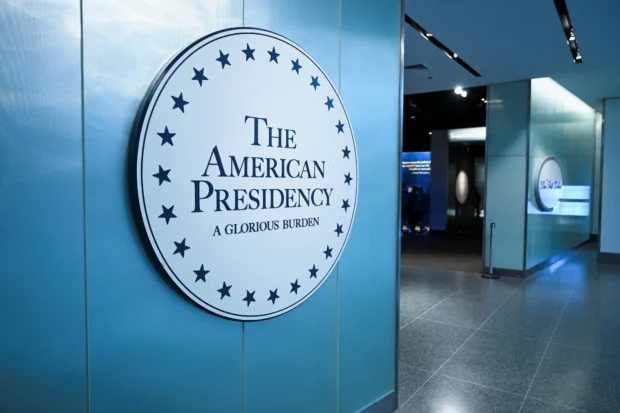



Be the first to leave a comment